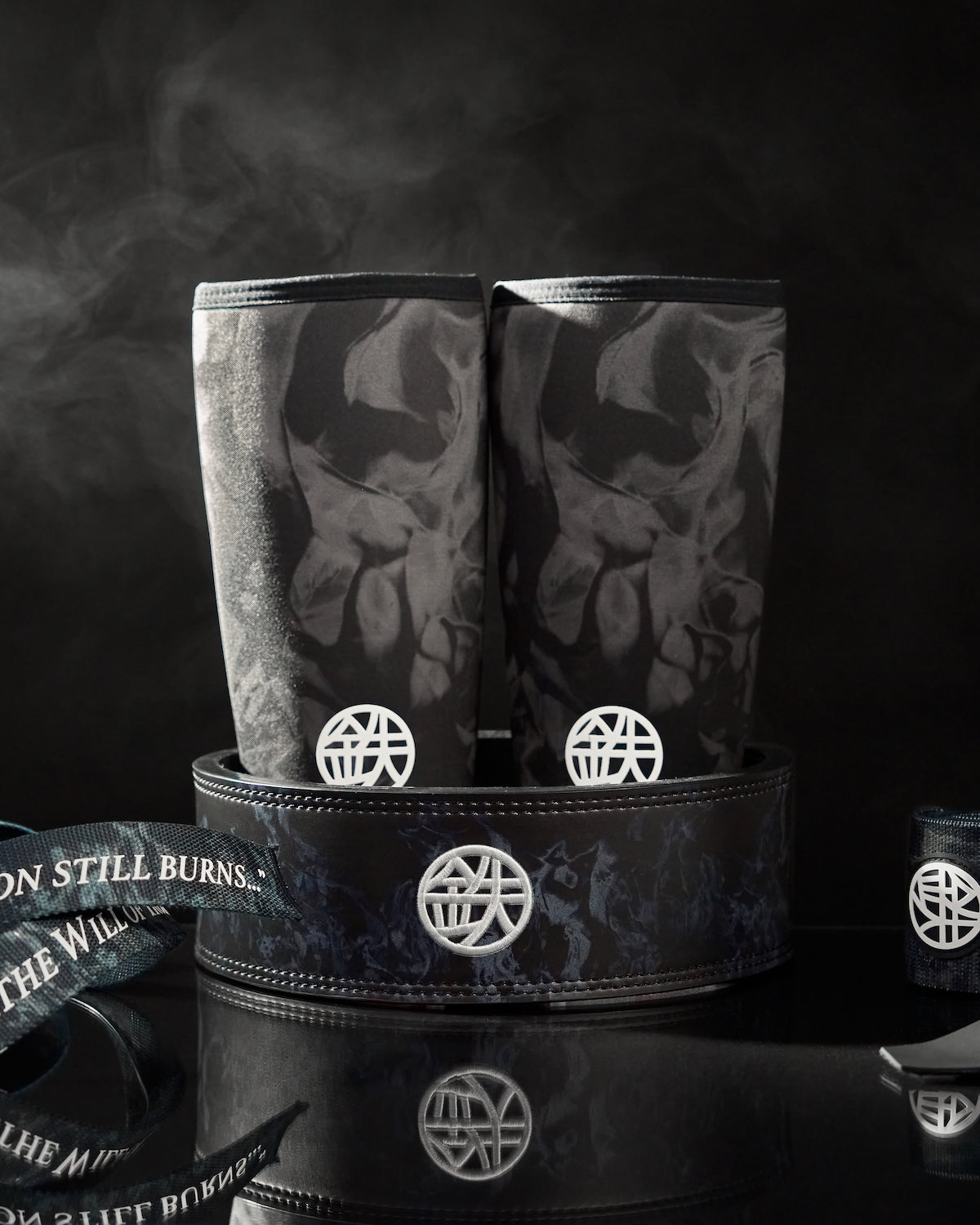How to Properly Wrap Your Wrists for Maximum Support
When it comes to heavy pressing, wrist wraps are your first line of defense. Whether you’re pushing a PR or grinding through high-volume training, properly wrapping your wrists can prevent injuries and enhance your force transfer. If you train like a shinobi, you need the right armor—so let’s break down how to secure your wrists for battle.
Why Wrist Wraps Matter
Wrist wraps provide stability and support, reducing strain on your joints when lifting heavy. They help maintain wrist alignment, keeping your form locked in for movements like bench press, overhead press, and even squats. By securing your wrists, you can lift heavier with more confidence and reduced risk of injury.
Who Should Use Wrist Wraps?
- Powerlifters looking to maximize pressing strength
- Bodybuilders pushing through high-rep sets
- Weightlifters needing extra wrist stability
- Anyone recovering from wrist discomfort or minor strain
Step-by-Step Guide: How to Wrap Your Wrists
Step 1: Choose the Right Wrist Wraps
Not all wrist wraps are the same. Shorter wraps (18”–24”) offer flexibility, while longer wraps (24”–36”) provide maximum support for heavy lifts. Find the best fit based on your training style and needs.
Step 2: Position the Wrap Correctly
Start by threading the wrap through the loop and aligning the wrap just above your wrist joint. This ensures the wrap stabilizes your wrist without restricting movement.
Step 3: Wrap for Optimal Support
- Tighter for heavy lifts: Wrap snugly but not to the point of cutting off circulation.
- Looser for flexibility: Leave slight slack if you need more wrist mobility and comfort.
Step 4: Secure the Wrap
Fasten the Velcro and test your wrist stability by mimicking a pressing motion. Your wrist should feel locked in place without discomfort.
When to Use Wrist Wraps
Use wrist wraps for pressing movements, max-effort lifts, and any workout where your wrists feel strained. Some people even use them for pulling when they need a little bit of extra grip strength and support. However, you should avoid relying on them for every set—your hands and wrists still need to develop strength on their own.
Level Up Your Lifting Gear
Training like a shinobi requires the right tools. If you're serious about lifting equipment, check out our premium wrist wraps designed for optimal support and durability.




Leave a comment
This site is protected by hCaptcha and the hCaptcha Privacy Policy and Terms of Service apply.